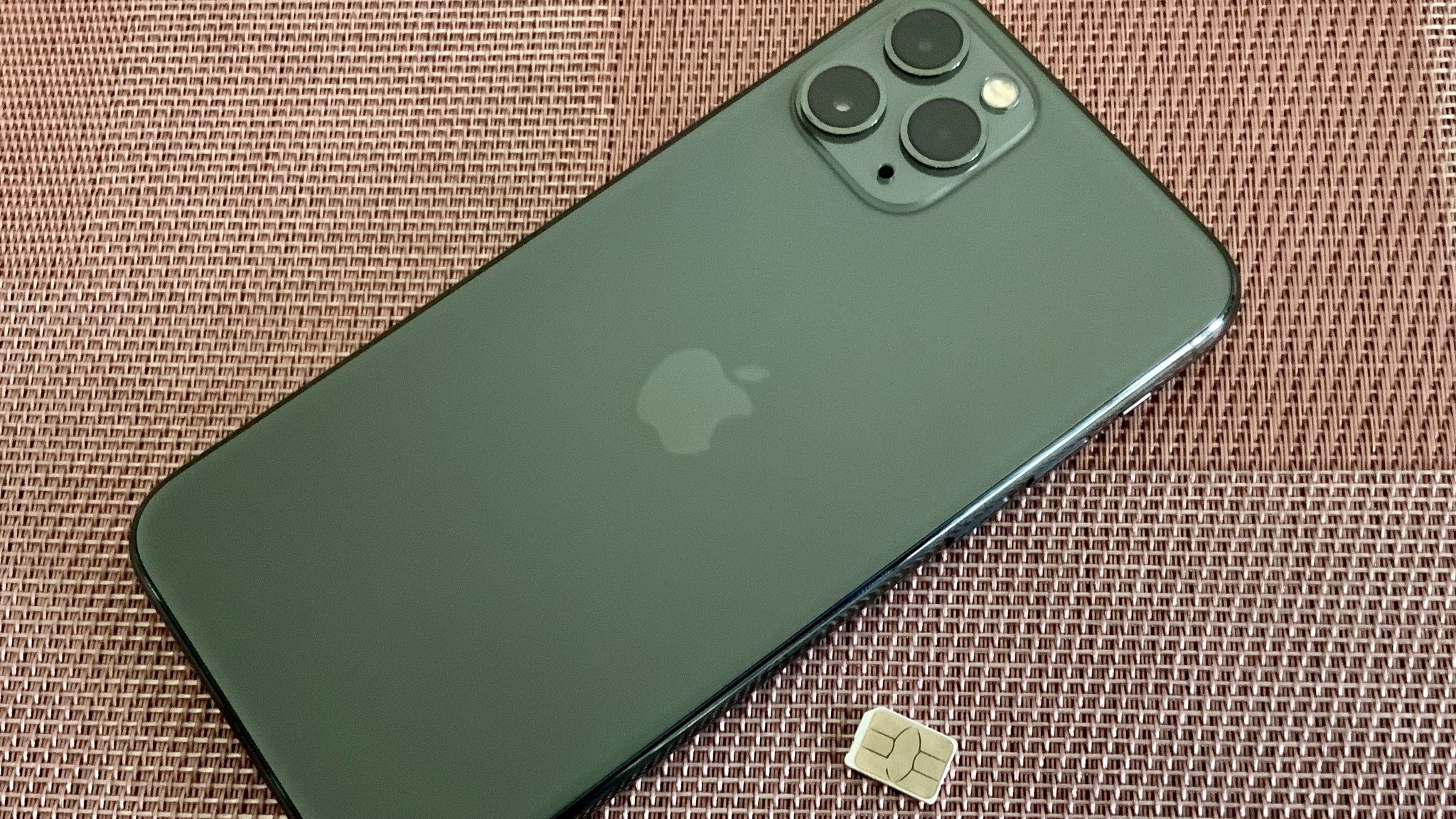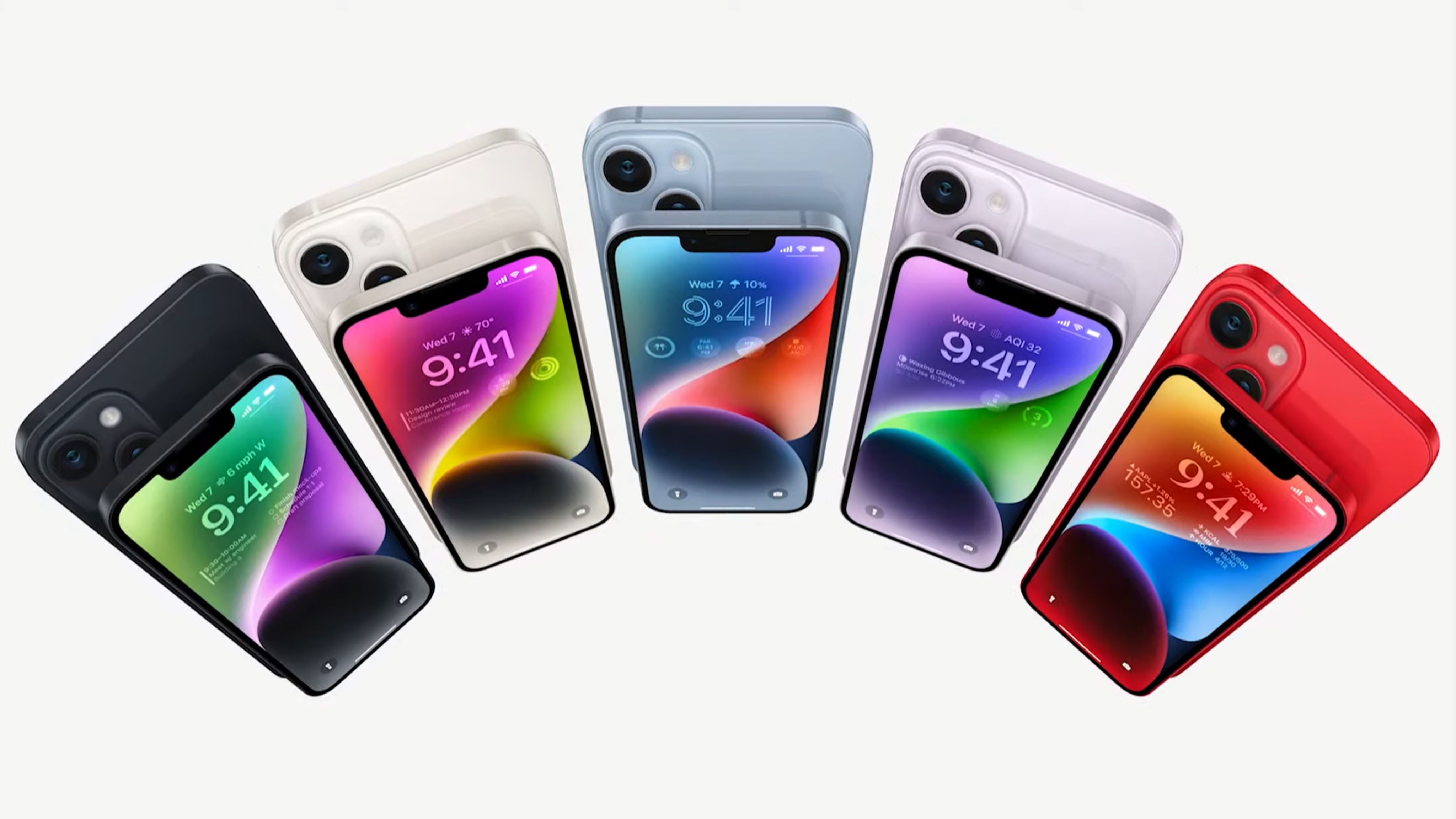Apple removing the SIM card tray on US iPhone 14 devices is a terrible feature
Apple is touting the removal of the physical SIM card tray on all US iPhone 14 models as a feature, but this is a terrible decision.

Apple’s ‘Far Out’ event has come and gone, but it left us with many surprises. There were a bunch of new products announced, from the Apple Watch Ultra to the iPhone 14 and iPhone 14 Pro, and we even got AirPods Pro 2. Many of us are planning on pre-ordering a new iPhone tomorrow morning, but depending on your circumstances, you may want to reconsider.
One of the “features” that Apple revealed for both the iPhone 14 and iPhone 14 Pro is the removal of the physical SIM card tray, at least in the United States. The main reasoning behind this, as Apple claims, is the fact that all compatible iPhone carriers in the States have eSIM. With eSIM, users can have multiple numbers on a single iPhone (up to eight), and Apple says that eSIM is more secure than a physical SIM card.
While this may be true, there are many downsides to removing the physical SIM card tray from the iPhone. In fact, it’s one of the worst decisions that Apple could have made.
eSIM just isn't as convenient
One of the best things about a physical SIM card is the fact that you can easily pop it out of your current phone and put it in a new one, and bam! Your phone can instantly make calls, send messages, and use data. This works great for those who like to switch up phones every now and then, or if something happens to your best iPhone and you have a backup, it’s a hassle-free way to still maintain your connectivity without missing a beat.
Though eSIM is supported on most (if not all) networks in the U.S., it is definitely not so convenient. To activate eSIM on iPhone, you should be able to do it on your own if your carrier supports eSIM Carrier Activation or eSIM Quick Transfer, both of which should have on-screen instructions when you set up your iPhone. But if you’re switching to iPhone from an Android, things get a little trickier, as you need to contact your carrier for a QR code, or even go to a store if all else fails. Again, none of these methods is as convenient as just taking a physical SIM card out and popping it into a new iPhone.
Plus, what if a carrier network or website crashes due to an overload of people trying to activate their eSIM at the same time? I fear this may happen with the iPhone 14 in a week’s time, as Apple is forcing everyone, at least in the U.S., to use eSIM. You can’t tell me that this is actually better than the convenience of a physical SIM card.
eSIM is a headache for international travel

I personally have not traveled out of the country in a long time, but I know that many people travel internationally for vacation or work. With the SIM tray removal, this is going to be a nightmare for those who travel abroad frequently and could be a potential dealbreaker.
iMore offers spot-on advice and guidance from our team of experts, with decades of Apple device experience to lean on. Learn more with iMore!
Why is this such a bad thing? Because when you travel from the U.S. to another country, your phone will disconnect from your usual carrier and end up roaming onto another network in the country that you’re in. And in case you aren’t aware, cellular companies like to charge a lot for roaming. A very popular solution for international travelers is to buy a cheap SIM card abroad and just pop it into their phone to get access to data without paying an arm and a leg. The problem with eSIM is the fact that while all compatible carriers in the U.S. offer it, this is not the case everywhere else in the world. Apple has a list of worldwide carriers that support eSIM, but this does not cover every other country or every potential carrier abroad. And if you are traveling to a lesser developed country, these places may not have the resources needed for eSIM right now, for who knows how long.
If you are planning on some international travel in near future, then you may want to reconsider buying an iPhone 14, at least in the U.S — iPhone 14 models sold elsewhere will still retain the physical SIM card tray. This may be a dealbreaker for those who frequently travel to other countries, unless you don’t mind paying exorbitant fees from your carrier for roaming. I’m not sure why Apple thought removing the SIM card tray was a good idea — don’t the folks in Cupertino travel outside of the U.S.?
This gives U.S. carriers more control over consumers
When the original iPhone launched, you could only get it on AT&T in the U.S. Eventually, Verizon also got the iPhone 4, and then every carrier had the iPhone, so you didn’t have to switch just for a phone. And buying an unlocked iPhone meant you could take it with you anywhere, no matter which carrier you end up with. And the iPhone was the first smartphone that was free of carrier bloatware.
However, removing the SIM card tray in the iPhone 14, at least in the U.S., is removing some control from us, the consumer, and giving it back to the carriers. I mean, if you think about it, what is to stop a carrier from charging an “activation fee” every time you need to transfer and activate your eSIM? This move takes some control away from us and puts us at the mercy of our carrier.
Again, I haven’t traveled abroad since I was little, but I can see the issues that will arise because of Apple’s bad decision. And for the techies that like to dabble between iPhone and Android, switching back and forth just became a huge mess. Honestly, the only ones who will benefit from this bold move from Apple are the carriers, and that’s not a good thing.

Christine Romero-Chan was formerly a Senior Editor for iMore. She has been writing about technology, specifically Apple, for over a decade at a variety of websites. She is currently part of the Digital Trends team, and has been using Apple’s smartphone since the original iPhone back in 2007. While her main speciality is the iPhone, she also covers Apple Watch, iPad, and Mac when needed.
When she isn’t writing about Apple, Christine can often be found at Disneyland in Anaheim, California, as she is a passholder and obsessed with all things Disney, especially Star Wars. Christine also enjoys coffee, food, photography, mechanical keyboards, and spending as much time with her new daughter as possible.
